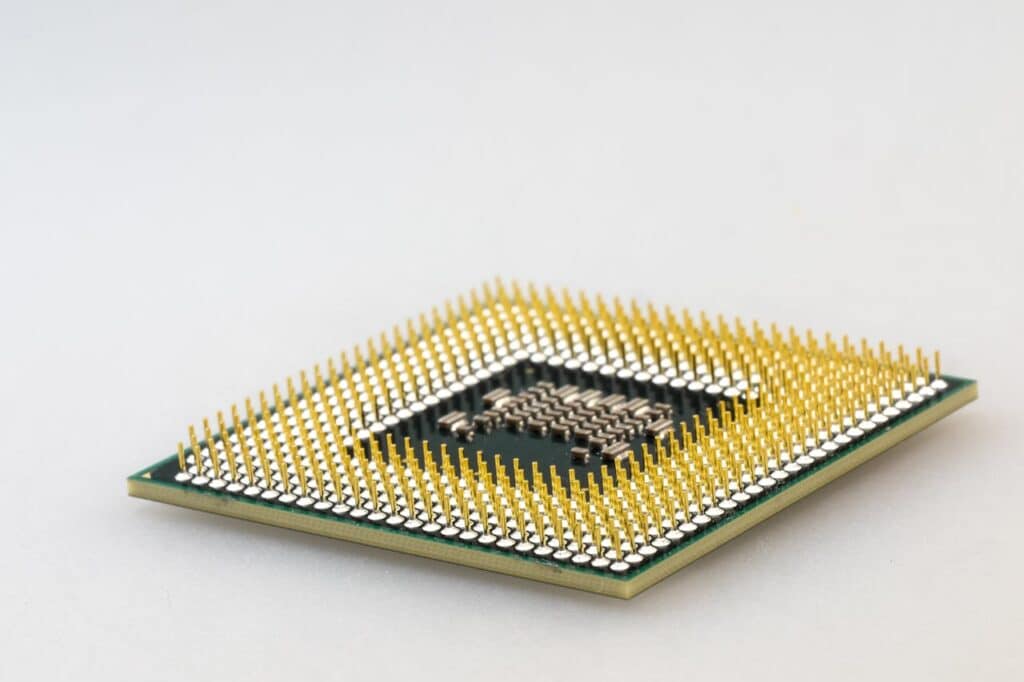Which of these Canadian Tech Stocks Could Lead Over the Long Haul?
Key takeaways
Canada’s tech sector offers diverse opportunities: From e-commerce giants like Shopify to supply chain innovators like Kinaxis and Descartes, Canadian tech stocks provide exposure to multiple high-growth industries.
Recurring revenue models drive stability: Many of these companies, including Constellation Software and Lightspeed, rely on subscription-based and SaaS models, ensuring consistent cash flow and long-term growth potential.
Innovation and acquisitions fuel expansion: Whether through AI-driven logistics, cloud-based commerce, or strategic acquisitions, these companies continue to evolve, making them strong contenders in the tech landscape.
3 stocks I like better than the ones on this list.In the last half decade, Canada’s technology sector has experienced annual returns nearly reaching 20%. This figure is derived from XIT, the TSX Capped Information Technology Index ETF.
This is despite a massive correction in late 2021 and 2022 that saw many top Canadian tech stocks, along with the ETF XIT, take 50% or greater hits to share prices.
This near 20% annualized growth would have turned a $10,000 investment into nearly $25,000 in just half a decade.
Yet many investors head south of the border when looking for technology stocks. After all, Canada is a resource heavy nation with nothing more than telecoms and banks, right?
Unfortunately, investors who have this mentality is wrong. Some of the best technology stocks on the planet come from Canada, and I’m going to be going over them in this article.
Lets get right into it.
What are the best tech stocks to buy in Canada?
Cloud-based point-of-sale and payments provider
Lightspeed Commerce (TSE:LSPD)
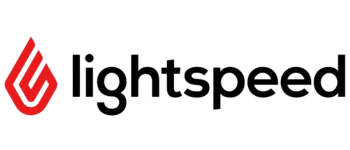
Lightspeed Commerce offers cloud-based point-of-sale (POS) and e-commerce solutions for retailers and restaurants. The company helps businesses manage payments, inventory, and analytics across multiple locations. With operations in over 100 countries, Lightspeed is focused on scaling its platform to serve small and mid-sized businesses globally.
P/E: –
5 Yr Revenue Growth: 63.7%
5 Yr Earnings Growth: -%
5 Yr Dividend Growth: -%
Yield: -%
AI-driven supply chain management software
Kinaxis (TSE:KXS)
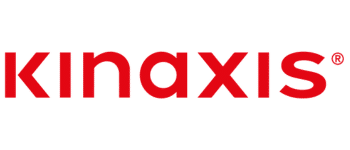
Kinaxis provides AI-powered supply chain and logistics software to large enterprises. Its flagship product, RapidResponse, helps businesses manage inventory, forecast demand, and optimize logistics in real-time. Major global corporations, including automakers and pharmaceutical firms, rely on Kinaxis to improve supply chain efficiency.
P/E: –
5 Yr Revenue Growth: 21.1%
5 Yr Earnings Growth: -100.0%
5 Yr Dividend Growth: -%
Yield: -%
Global logistics and supply chain software provider
Descartes Systems (TSE:DSG)
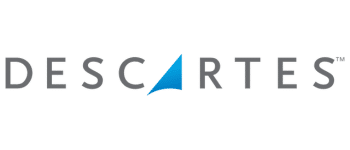
Descartes specializes in cloud-based logistics and supply chain management software, helping businesses optimize shipping, transportation, and trade compliance. The company’s solutions are used by freight carriers, logistics firms, and e-commerce companies to improve efficiency in global trade.
P/E: 63.2
5 Yr Revenue Growth: 15.7%
5 Yr Earnings Growth: 30.5%
5 Yr Dividend Growth: -%
Yield: -%
Serial acquirer of niche software businesses
Constellation Software (TSE:CSU)
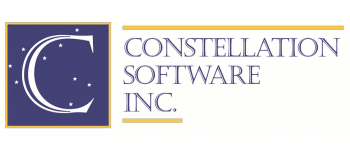
Constellation Software specializes in acquiring and managing vertical market software companies—businesses that provide industry-specific solutions for niche markets like healthcare, public services, and finance. The company has a strong track record of acquiring smaller software firms and scaling them efficiently.
P/E: 96.4
5 Yr Revenue Growth: 24.4%
5 Yr Earnings Growth: 17.7%
5 Yr Dividend Growth: 0.6%
Yield: 0.1%
Leading global e-commerce platform
Shopify (TSE:SHOP)

Shopify is Canada’s most well-known tech company, offering an all-in-one platform that allows businesses to create and scale online stores. The company provides payment processing, marketing tools, and fulfillment services, making it a dominant player in global e-commerce.
P/E: 64.1
5 Yr Revenue Growth: 42.1%
5 Yr Earnings Growth: -%
5 Yr Dividend Growth: -%
Yield: -%
Hardware manufacturer with AI and cloud integration
Celestica (TSE:CLS)
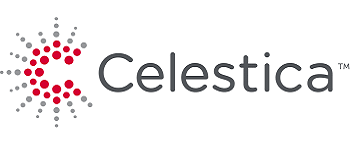
Celestica is a global electronics manufacturing and supply chain solutions provider. They help major tech companies design and produce hardware for AI infrastructure, including servers, networking equipment, and storage solutions. As AI adoption accelerates, Celestica’s role in supporting AI-driven hardware production is critical for growth.
P/E: 22.1
5 Yr Revenue Growth: 10.4%
5 Yr Earnings Growth: 46.8%
5 Yr Dividend Growth: –
Yield: –
Tech stocks just aren’t as prevalent on the Toronto Stock Exchange
The I.T. sector accounts for nearly a quarter of the S&P 500.
However, Canadian stocks in the technology sector accounted for only a single-digit weighting of the TSX Index, Canada’s main stock index.
We simply don’t have enough technology options in Canada, as our economy is primarily focused on “real economy” stocks like utilities, railroads, telecoms, and oil producers.
As a result, many investors head south of the border to gain exposure to technology. However, they’d have missed out on the exceptional returns from companies like Shopify, Constellation, Celestica, and Descartes.
The lack of Canadian tech companies on the TSX has hampered the overall performance of the Canadian markets.
The good news? The lack of performance can lead to a lack of awareness. Thus, comes opportunity. Even though the TSX’s I.T. sector is small, plenty of suitable investments exist.
The U.S. has its FAANG (Facebook (now Meta Platforms), Amazon, Apple, Netflix, Alphabet (Google)) stocks, but did you know Canada has its acronym of tech all-stars?
Ryan Modesto, chief executive of 5i Research, coined the acronym “DOCKS” to reference Canada’s own FAANG stocks.
The five stocks include
- Descartes Systems (DSG)
- OpenText (OTEX)
- Constellation Software (CSU)
- Kinaxis (KXS)
- Shopify (SHOP)
Although OpenText has not been the best performer as of late due to some untimely acquisitions, you can’t win them all. The other 4 have been exceptional, benefitting from supply chain advancements, AI developments, and the rapid move to e-commerce in terms of spending.
Are higher interest rates bad for tech stocks?
One of the main reasons technology stocks faced such a significant correction in late 2021 and 2022 was because of the threat of higher interest rates.
As rates go up, it ultimately costs companies more money to borrow. As a result, weighted average costs of capital go up, which can reduce the amount you theoretically should pay for a company. This is especially true in the technology sector as it often contains fast-growing, unprofitable companies.
As a result, many price targets, recommendations, and growth estimates were slashed on popular technology companies, and the NASDAQ officially entered a bear market with losses exceeding 25% in 2022.
Even tech giants like Apple (AAPL), Microsoft (MSFT), and semiconductor company Nvidia (NVDA) saw massive decreases in price.
However, fast forward to 2025 and those losses are all but gone, showing you that money is best invested in the markets for the long-term, and not in an attempt to time short-term fluctuations in price.
So in short, yes, interest rates do impact technology stocks. But if your time horizon is long, they should be a cornerstone of your portfolio.


